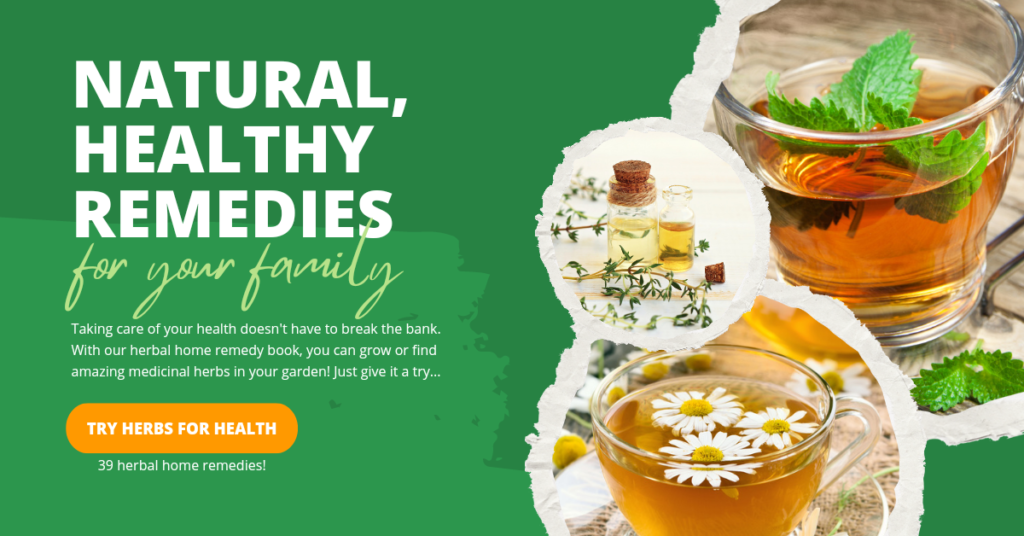This site contains affiliate links to products sold by selected self improvement partners. We may receive a commission for purchases made through these links.
I remind you that the information provided in this series is for information purposes only and is not to be used or relied on for any diagnostic or treatment purposes. This information is not intended to be patient education, neither is it to be construed as such. It does not create any patient-physician relationship, and should not be used as a substitute for professional diagnosis and treatment where required. Consult a doctor for medical advice, treatment or diagnosis.
Also, while every attempt is made to ensure accuracy, you are strongly advised to take responsibility and do your own research.
In the previous article we looked at sweet basil, an herb that is commonly used in cooking recipes, and much more.
In this article, we are going to look at a plant that comes with a high severity warning, because it is such a deadly plant.
WARNING
Belladonna (Atropa belladonna) is not an herb that you are going to want to have in your kitchen pantry.
In general, plants are holistic in nature, that is, all parts of the plant are useful.
However,
…it would appear that, for the moment, this herb is an exception.
While it has its benefits, this is an herb that can be very dangerous and sometimes even fatal. It does have some medicinal properties along with a quite intriguing history; however, it can be very dangerous.
The nickname “deadly nightshade” is a good clue of its potency. There is, however, a tincture that comes from this plant that is used for medicinal purposes.
Belladonna is a perennial herb that is native to Europe and Asia Minor but is now grown quite often in the United States, Europe, and India. When the plant is in full bloom the plant is harvested and then dried for use.
The origin of the name
Belladonna goes by many different names but has been used for over 500 years. While growing in the wild, which belladonna commonly does, a slight dose can be fatal. In the earliest times when Belladonna was first used it was cosmetic purposes. Women felt that if they used it to dilate their pupils that they would look more sexy and alluring. That is why the name Belladonna means “beautiful lady” in Italian. Yet, it is still used in many eye doctors’ offices across the country to this day.
Do you hear Roy Orbison’s “Pretty Woman” in your head? LOL
Medicinal uses of the plant
The most important contribution from Belladonna is atropine which is an important agent that is useful in dilating the pupils of the eye. This has proven to be very beneficial. Even small doses of atropine can cause the heart rate to increase. Some cough syrups are known to contain atropine and are used for bronchitis and whooping cough. Further it is used to soothe the stomach lining prior to an anesthetic being administered and also for peptic ulcers.
What it is commonly used for
Belladonna is commonly used for things like drying up bodily fluids such as:
- breast milk,
- saliva,
- perspiration, and
- mucous.
The alkaloids in Belladonna are used for many gastrointestinal disorders such as:
- colitis,
- diverticulitis,
- irritable bowel syndrome,
- colic,
- diarrhea, and
- peptic ulcer.
It is also used for:
- asthma,
- excessive sweating,
- excessive nighttime urination and incontinence,
- headaches and migraines,
- muscle pains and spasms,
- motion sickness,
- Parkinson’s disease, and
- biliary colic.
Its use in homeopathy
Quite often Belladonna is used in homeopathic remedies for things like the common cold, earaches, fever, menstrual cramps, sunstroke, toothaches, headaches, sore throats, and boils. How the individual ingests and how much they ingest is determined by a few various factors such as their symptoms, mood, and overall temperament. When Belladonna is administered for homeopathic use, it is highly diluted because of the toxicity level of it.
Bear in mind that there are some who consider homeopathy as pseudoscience and that what it offers is similar to a placebo effect.
On the other hand, there are some small studies which indicate that it can be useful when combined with allopathic medicine.
Exercise extreme caution!
No one should ever use Belladonna as a self-help measure, and it should only be taken under the care of a qualified practitioner.
And we do mean should!
The doses given of Belladonna are always in very low doses. When Belladonna is prescribed, it is either added to sugar pellets or mixed with other types of drugs and is available by prescription only. So, while it is clear that Belladonna is an extremely dangerous herb it is also very beneficial when used correctly.
In the next article we will look at burdock root, an herb used for purging the body.
To a better, wiser, stronger YOU!

Note: I am an affiliate for the above offer and may get a commission on each sale.
Sources:
Uses and risks of belladonna. Located at Medical News Today (online), https://www.medicalnewstoday.com/articles/318180 [Accessed May 1, 2023]
Atropa bella-donna. Located at Morth Caolina Extension Garden Plant Toolbox, NC State Extension (online), https://plants.ces.ncsu.edu/plants/atropa-bella-donna/ [Accessed May 1, 2023]
What Is Homeopathy? Located at Very Well Health (online),
https://www.verywellhealth.com/homeopathic-medicine-description-2249111 [Accessed May 1, 2023]
This site contains affiliate links to products sold by selected self improvement partners. We may receive a commission for purchases made through these links.
